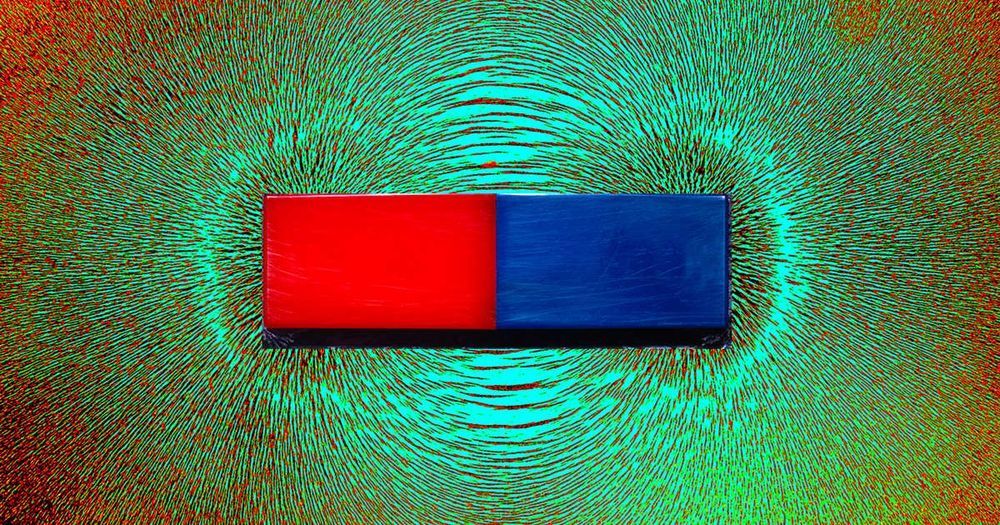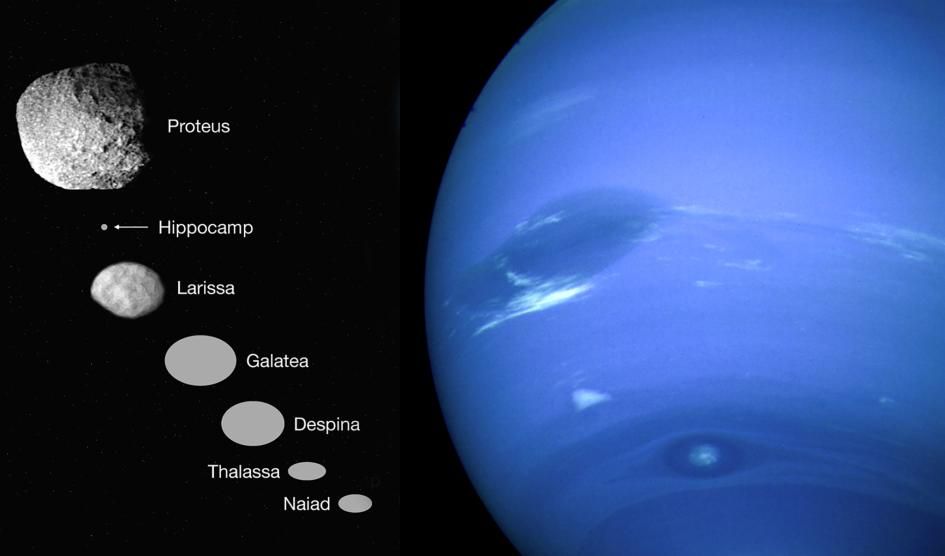A new study published in the journal Molecular Psychiatry is suggesting high iron levels in the brain may fundamentally trigger the progressive neurodegeneration associated with dementia and Alzheimer’s disease. A clinical trial is now underway exploring whether Alzheimer’s-related cognitive decline can be slowed by lowering brain iron levels.








